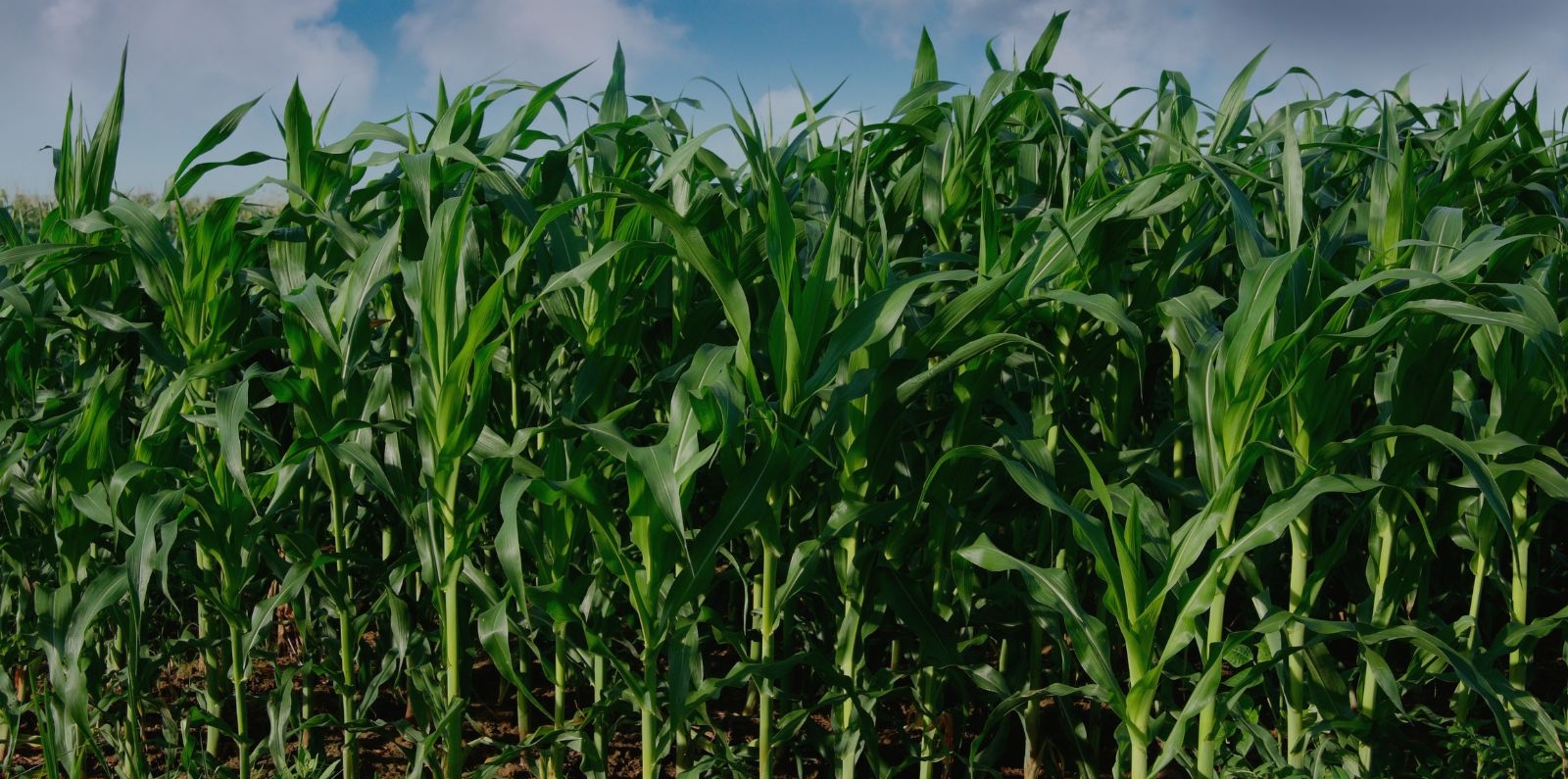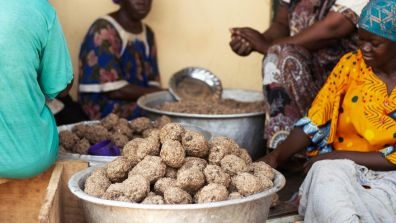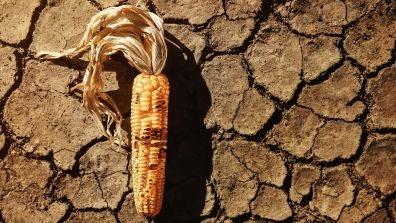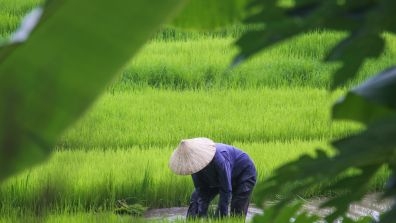The Global Agriculture and Food Security Program was born out of a crisis. Launched in 2010 after the 2008 global food crisis — which saw rice prices nearly triple, wheat prices more than double, and pushed 105 million people into poverty — the fund was designed to channel donor resources into agriculture and food security strategies in the world’s lowest-income countries.
Housed at the World Bank as a Financial intermediary fund, GAFSP has since mobilized $2 billion in donor contributions, financing more than 190 public and private sector projects worldwide. Its aim is broad: to improve food and nutrition security while strengthening agriculture systems along the entire value chain, from farm to table.
Now, as donor budgets tighten, the fund is preparing for a smaller replenishment cycle in 2026 — and a shift in priorities. Instead of chasing billions, GAFSP is positioning itself as a more targeted, catalytic tool. “I don’t anticipate it being massively ambitious,” Natasha Hayward, program manager for GAFSP, told Devex. “But even with this more boutique level of financing, we think we can put that to very impactful use.”
Scaling impact with modest resources
Historically, the United States has been GAFSP’s largest donor, contributing $818 million over 14 years. Germany and Canada follow with $582 million and $201 million, respectively. But with aid budgets under strain, Hayward said the next replenishment will likely be smaller than the last, which was held in 2020 under Germany’s chairmanship.
“Maybe the original logic … was huge ambitions around the billions that GAFSP was going to mobilize,” she said. “I don’t think that is realistic. We’ve very successfully mobilized $2.5 billion, but it hasn’t been in the multi-multibillions, and we’re certainly not going to do that in the next five years in the current landscape.”
Instead, she emphasized GAFSP’s adaptability. “We have this nimble instrument that delivers through the existing multilateral system. It’s not duplicative, it’s available, it’s adaptable,” she said. “If we have more limited resources … how can that be as catalytic, as impactful as possible?”
GAFSP says that it has reached more than 20 million rural people since its inception. Its portfolio includes $1.5 billion in grants to governments, $476 million for private sector development, and $47 million to producer organizations.
Examples include grants enabling Rwandan farmers to build greenhouses and a $30 million irrigation project in drought-prone Honduras. And GAFSP said the impacts have been measurable: In Bangladesh, farm households supported by GAFSP saw incomes rise by 15%-37%, while in Rwanda, irrigated areas recorded productivity increases of more than 400%.
“It’s certainly not a humanitarian emergency response instrument,” Hayward said. “It’s really about channeling increased investment where it’s most needed to try and build resilience and improve food security.”
Anticipating future needs
Hayward said there is now greater recognition of the private sector’s role in food security financing — something GAFSP anticipated early by setting up dedicated funding channels for both governments and the private sector windows. “Farmers themselves are private sector actors,” she noted.
Alongside that, GAFSP also channels resources directly to farmer cooperatives and associations through its “producer organization-led track.” Hayward argued this is particularly valuable now, as other sources of NGO funding have dwindled. “The value of that is amplified in a space where some of that kind of NGO resourcing has fallen away,” she said.
The steering committee — which includes donors, partner countries, development agencies, and civil society — has been running a “Vision 2030” exercise since 2024 to chart the program’s future. The process, expected to conclude at its December 2025 meeting, is meant to reflect on GAFSP’s 15 years of experience and set priorities for the next five. “We’ve got this five-year time frame,” Hayward said. “Let’s learn the lessons of 15 years … what we’ve done well, where we could do more, what are the adjustments that are needed.”
But that reflection is happening against a difficult backdrop. “Unfortunately, [there are] still heightened needs in terms of hunger, food security, poverty reduction, but also still massive needs in terms of financing, and this real tension given the ODA trends,” she said.
Looking ahead to 2026
GAFSP’s replenishment cycle has never been as formalized as those of other international funds. Donors initially contributed when able, with a more organized approach beginning only in 2020 and raising around $660 million, Hayward explained. The next replenishment, expected in 2026, will align with the Vision 2030 plan, Hayward said.
Hayward is candid that expectations should be realistic. “We can’t be … massively ambitious. We’ll be as ambitious as we can, and we will drive the conversation with current and potential donors,” she said. “Even with more modest resources, we think we can put them to very impactful use.”




